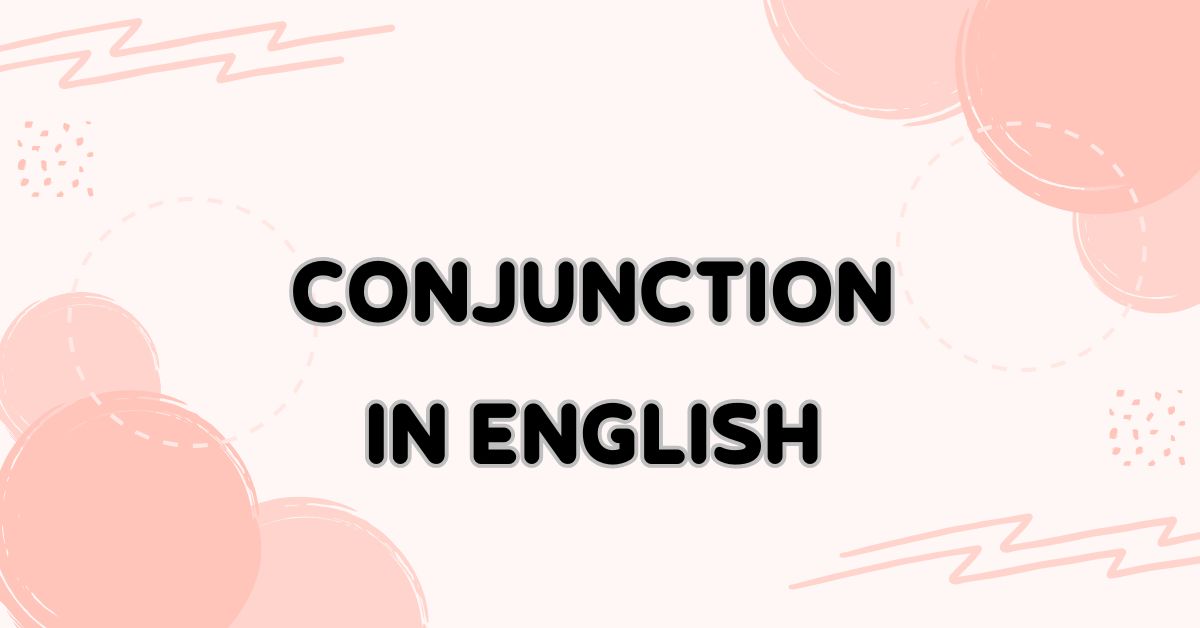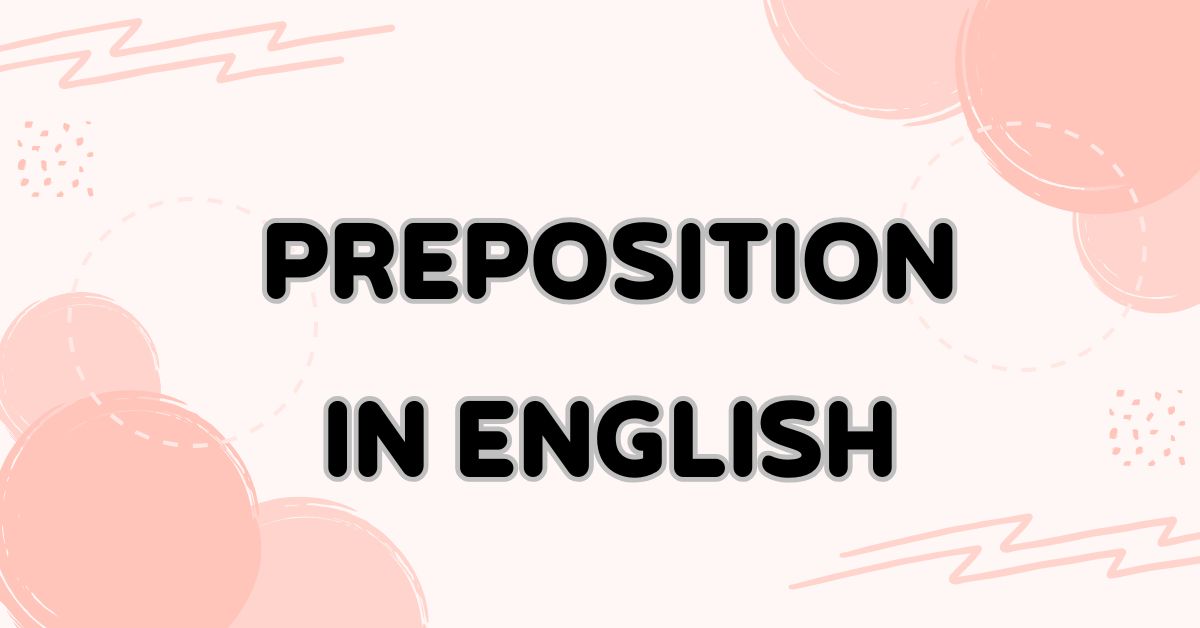When learning English, one of the first grammar topics children need to understand is the noun in English. Nouns are the building blocks of every sentence, and knowing how to use them helps children express themselves clearly. This article will help kids and parents explore what nouns are, how to recognize them, and how to practice them in fun ways.
What Is a Noun in English?
To understand any sentence, we first need to know what a noun is. A noun in English is a word that names a person, place, thing, or idea. It helps us identify what or who we are talking about in a sentence.
For example:
-
People: teacher, doctor, child
-
Places: school, park, London
-
Things: apple, pencil, chair
-
Ideas: love, happiness, courage
Example sentences:
-
The teacher is writing on the board.
-
I like to play in the park.
-
Happiness makes life beautiful.
Nouns make communication easier because they help us name everything around us.
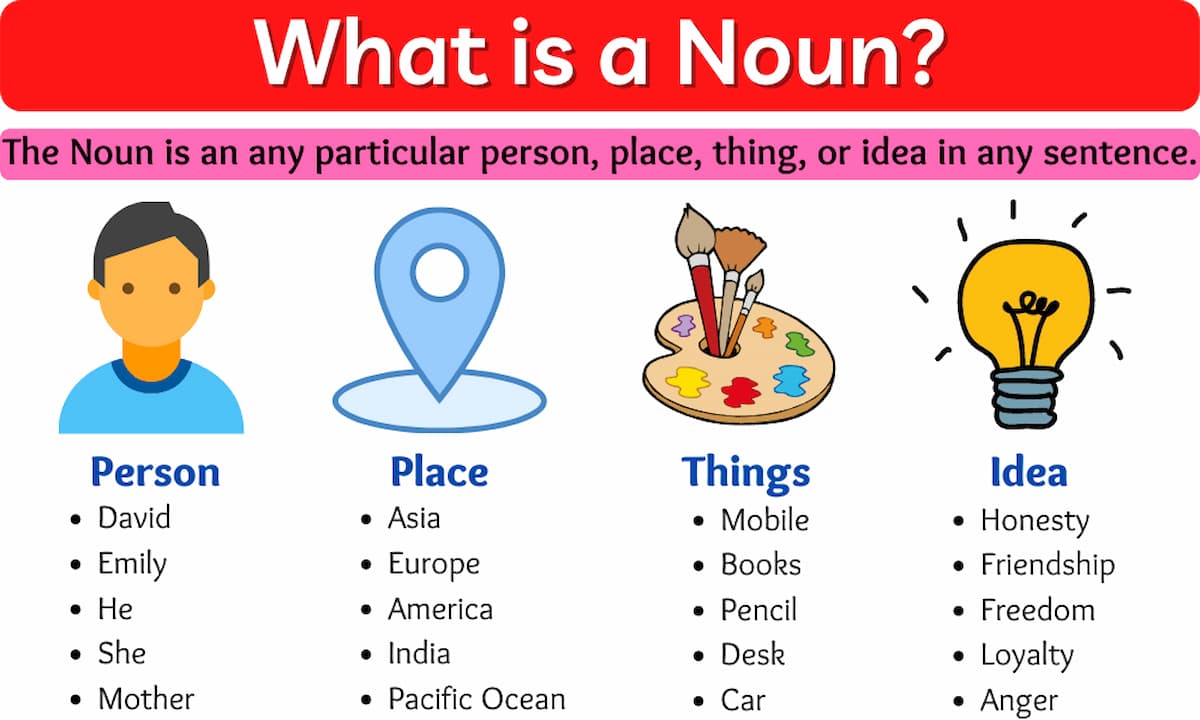
Types of Nouns in English
Nouns come in different forms, and understanding these types helps children use them correctly.
|
Type of Noun |
Meaning |
Examples |
|
Common Noun |
Names general things or people |
boy, dog, city, book |
|
Proper Noun |
Names specific people, places, or brands |
Tom, Paris, Monkey Junior |
|
Countable Noun |
Can be counted |
apple, car, star |
|
Uncountable Noun |
Cannot be counted |
water, milk, air |
|
Collective Noun |
Refers to a group |
team, class, family |
|
Abstract Noun |
Names feelings, ideas, or qualities |
love, honesty, joy |
Children can easily spot a proper noun because it always starts with a capital letter, like London or Anna.
How to Use Nouns in English Sentences?
After learning the types of nouns, children need to know how to use them correctly in sentences. Usually, nouns can appear as the subject, object, or complement in a sentence.
|
Position |
Function |
Example |
|
Subject |
Shows who or what the sentence is about |
The cat sleeps on the sofa. |
|
Object |
Receives the action |
She likes ice cream. |
|
Complement |
Renames or describes the subject |
My dad is a doctor. |
Encourage children to identify nouns by asking: “What word names a person, place, thing, or idea in this sentence?”
Plural and Singular Nouns
In English, nouns can be singular (one) or plural (more than one).
To make a noun plural, we usually add -s or -es.
|
Singular |
Plural |
|
book |
books |
|
bus |
buses |
|
cat |
cats |
|
baby |
babies |
However, some nouns are irregular and do not follow this rule:
|
Singular |
Plural |
|
child |
children |
|
man |
men |
|
woman |
women |
|
mouse |
mice |
|
foot |
feet |
Encourage children to read and say these words out loud to remember them better.
Practice Exercises: Noun in English
Let’s practice what we’ve learned! Try to answer the exercises below before checking the answers at the end.
1. Identify the Nouns
Find the noun(s) in each sentence.
-
The boy is playing football.
-
My mother cooks dinner every day.
-
We went to the zoo last weekend.
-
Happiness is very important.
-
The flowers in the garden are beautiful.
2. Choose the Correct Form (Singular or Plural)
-
There are two (cat / cats) on the sofa.
-
My (foot / feet) hurt after running.
-
She has a red (dress / dresses).
-
The (child / children) are playing outside.
-
We bought three (book / books).
3. Complete the Sentences with Suitable Nouns
-
I like to eat _______.
-
The _______ is very tall.
-
My _______ teaches me English.
-
They went to the _______ yesterday.
-
_______ makes people smile.
Answer Key
1. Identify the Nouns:
boy, football, mother, dinner, zoo, happiness, flowers, garden
2. Choose the Correct Form:
1. cats 2. feet 3. dress 4. children 5. books
3. Complete the Sentences: (Answers may vary)
1. apples 2. building 3. teacher 4. park 5. kindness
Learn Nouns in English with Monkey Junior
Learning about nouns in English becomes easier and more exciting with Monkey Junior. This award-winning app is designed for children aged 0 - 11, combining games, storytelling, and visual lessons to help kids learn grammar naturally.
Each lesson introduces nouns through colorful images, real-life examples, and native speaker pronunciation. Children can practice identifying, reading, and using nouns in sentences while having fun. Monkey Junior uses a multisensory learning approach, kids see, hear, and repeat new words, making it easier to remember and use them correctly.
With just 10 - 15 minutes a day, children can build strong English foundations, expand their vocabulary, and improve communication skills. Monkey Junior makes grammar learning engaging and stress-free for both kids and parents.
Sign up for a free trial of Monkey Junior today and help your child learn nouns in English naturally and confidently!
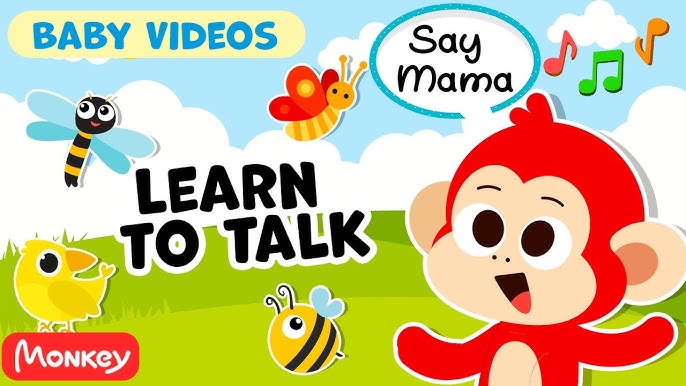
Conclusion
Understanding the noun in English is the first step toward building strong grammar skills. By recognizing different types of nouns and practicing them through fun exercises, children can communicate more clearly and confidently. Combine consistent practice with engaging tools like Monkey Junior to make learning English not only effective but also enjoyable every day.
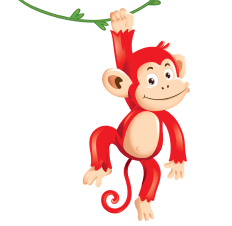
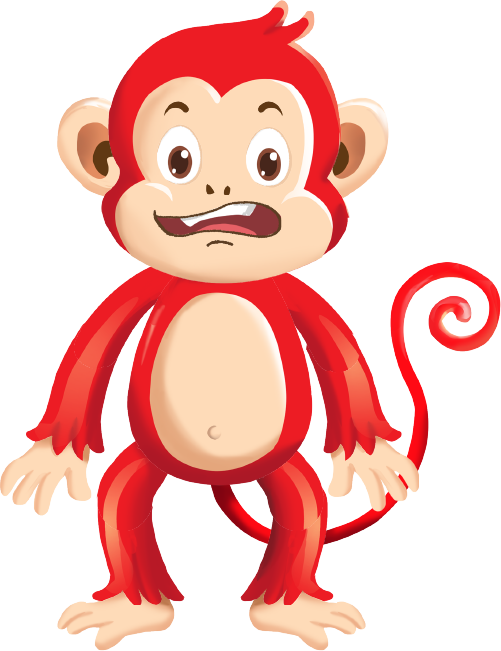
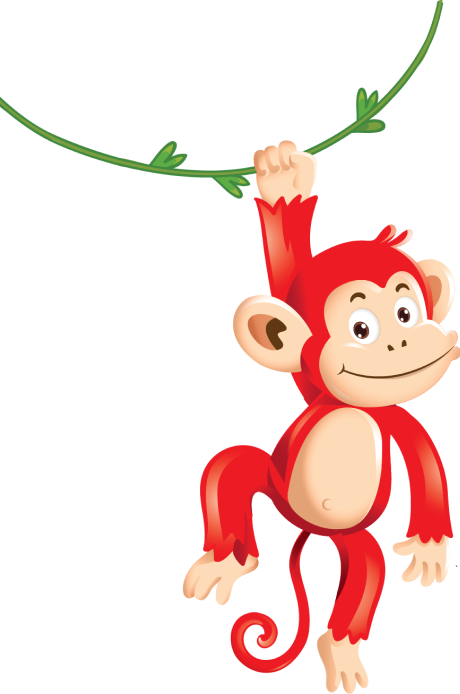
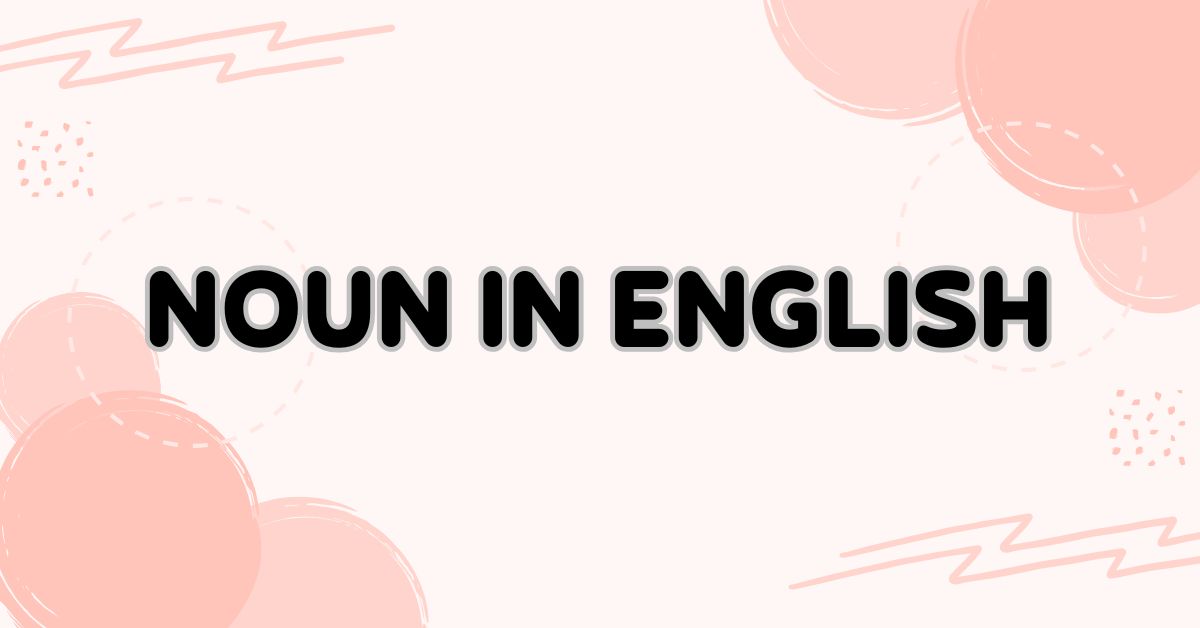
.png)


